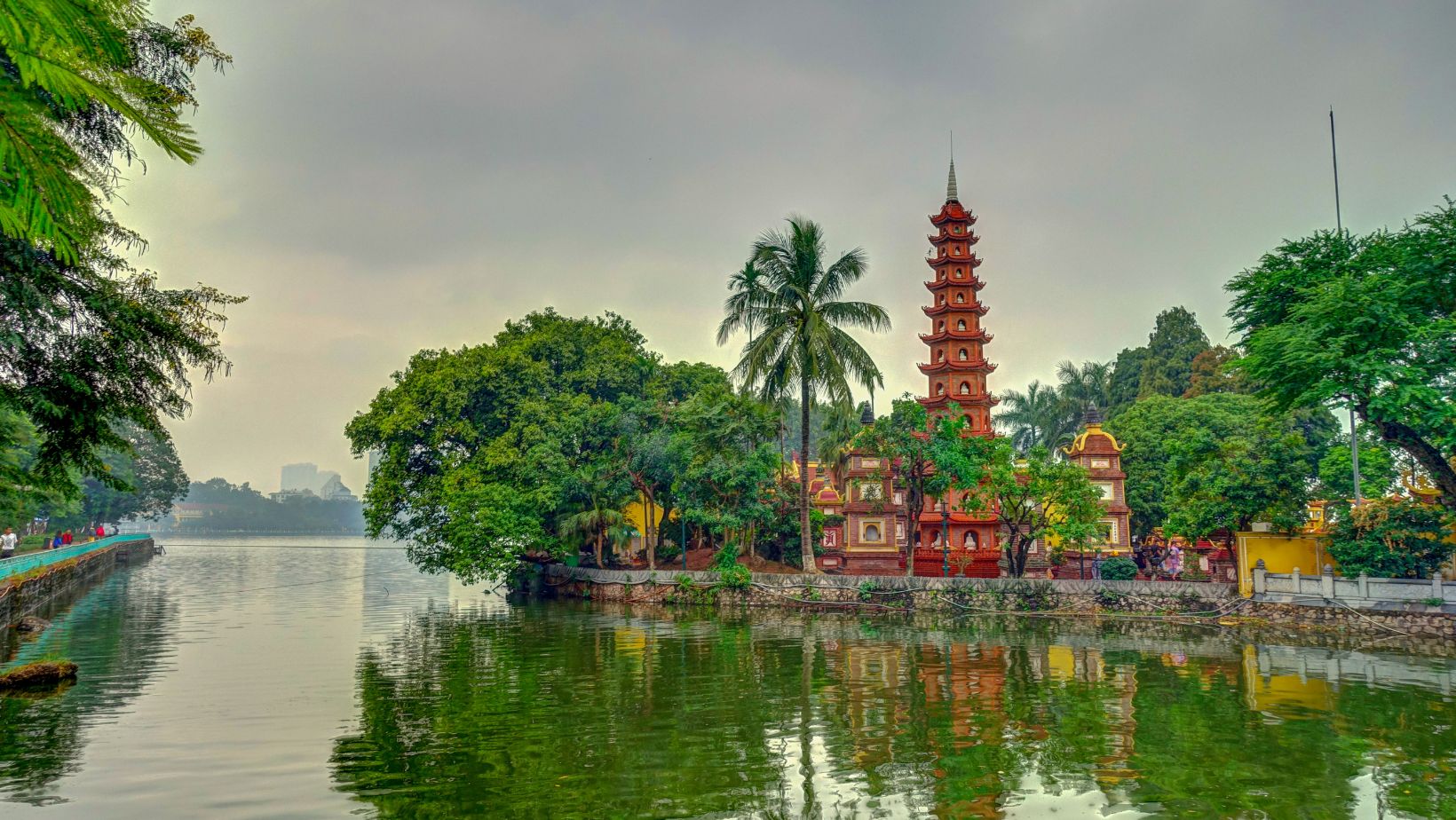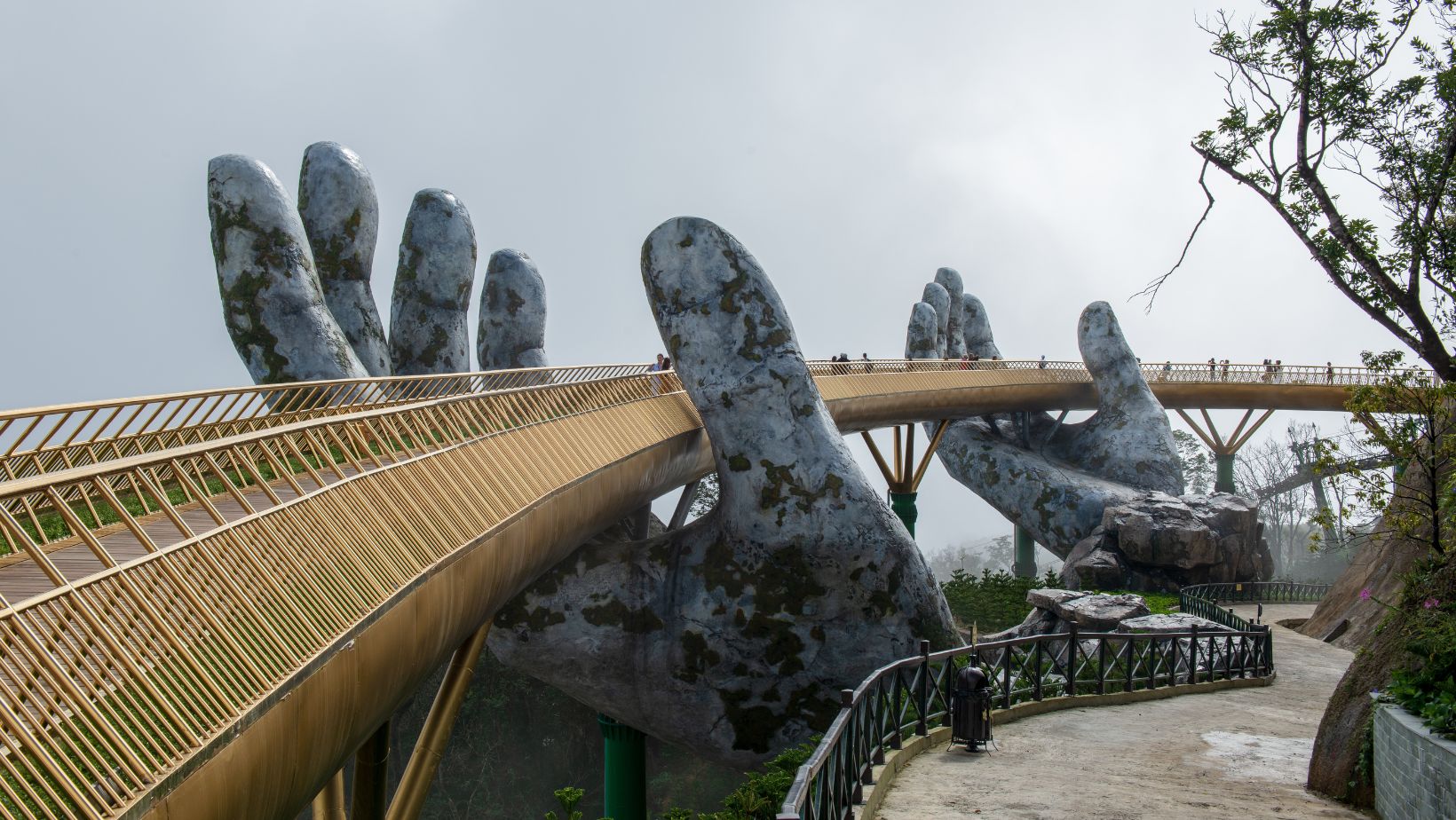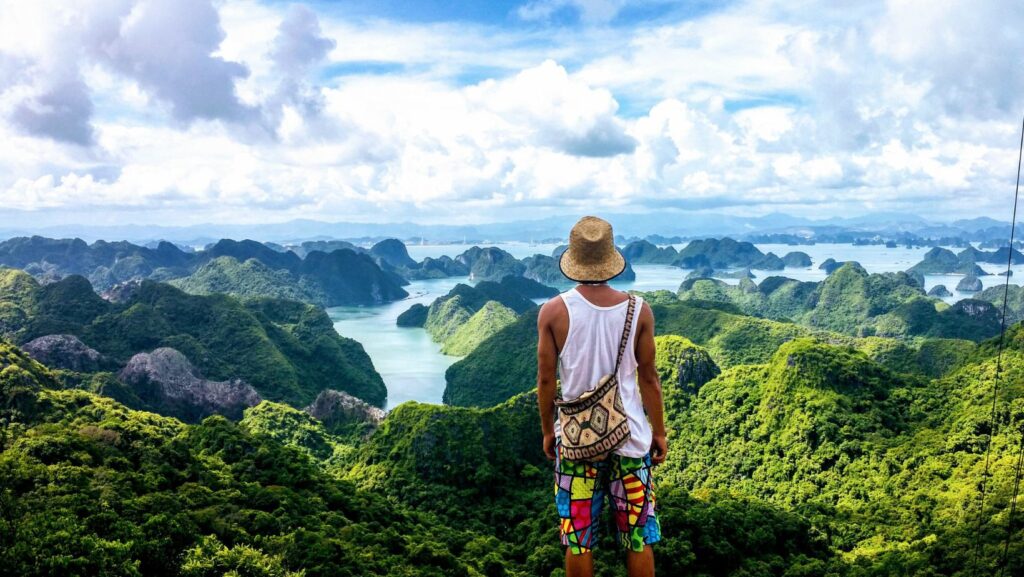Vietnam is a country of pleasant contradictions. Việt Nam, with its modern cities and sleepy villages, with its thousands-year history and high technology – there is nothing easier than to travel through the country and get astounding emotions. Hailing from Indonesia but earning global fame over time, this wonderful island, with its distinguishing features and colorful past, harmonious culture in unity with friendly-hearted locals, remains one of the best tourist destinations throughout Southeast Asia. In this article, we will glimpse what cultural sites, places of interest, and cities make up the beauty of Vietnam.
A Brief Introduction to Vietnam: The Land of Timeless Beauty
Wrapped along the eastern edge of the Indochinese Peninsula, Vietnam mingles striking landscapes with frenetic urban action. Mountains of the north give way to the patchwork of the deltas and over 3,000 kilometers of coastline. The rich cultural heritage of Vietnam- from generations of Chinese and French colonialist and indigenous history- is as varied as its landscapes.
Hanoi: The Cultural Heart of Vietnam
Hanoi is the capital and presents a bustling entrance into Vietnam’s culture and history. The city seamlessly intermixes old-world charm with modern development to create a nostalgic yet modern atmosphere. Must-see places in Hanoi:
- Hoan Kiem Lake: A tranquil spot in the heart of the city, with ancient temples and busy streets all around it.
- The Old Quarter: The narrow streets and mazy streets retain the traditional shops of everything on sale, silk and street food.
- Ho Chi Minh Mausoleum: A historic place to visit, giving honor to the father of modern Vietnam.
Hanoi is also open to the most beautiful scenic areas in the country, so travel enthusiasts will find it advantageous.
Ha Long Bay: A UNESCO World Heritage Site
Ha Long Bay is a famous tourist attraction site in Vietnam, mainly due to its green waters and big rocks, referred to as karst, that emerge from the waters. Recommended for tourists looking for natural scenery and things that will get their adrenaline rushing. Experiences in Ha Long Bay:

- Boat Cruises: After visiting the caves, check out the floating fish farms in the sea of stars.
- Kayaking: Navigate through the slow-moving water and find hidden beaches surrounded by palm trees.
- Cat Ba Island: Many people visit this place to hike and meet incredible wildlife.
Multiplied by legends, the enchanting beauty of Ha Long Bay has long put this place into the genial list of landmarks to visit.
Hue: The Imperial City of Vietnam
Hue is a city in central Vietnam that has an old royal flavor. Hue, its imperial city, is a historically important city in Vietnam, once the capital of the Nguyen empire. Highlights of Hue:
- Imperial Citadel: A large area of the imperial city where most relics of the Nguyen dynasty, the last royal family of Vietnam, are preserved.
- Perfume River: Another natural attraction in the city, suitable for leisure cruises.
- Royal Tombs: Visit the graves of Nguyen Kings in royal Tombs with stunning architecture.
Hue is a perfect destination for lovers of history since the place has a rich history and displays of master architectural pieces.
Da Nang and Hoi An: A Combination of the Contemporary and the Past
Da Nang and the town of Hoi An are fairly geographically connected, both giving a different yet easily combined experience.
Exploring Da Nang
Da Nang is a city noted for its fascinating tourist attractions, which include My Khe Beach and the Golden Bridge. It is an evolving city that boasts good tourist sites complemented by natural resources.
The Charm of Hoi An
Hoi An is an ancient town widely conserving its appearance and atmosphere, focusing on lighting and traditional architecture. Must-visit spots include:
- Japanese Covered Bridge: A historic icon of the town.
- An Bang Beach: Perfect for relaxation.
- Tailor Shops: For instance, suits, tuxedos, and leather garments are favorite brands made to fit the individual requiring them.
Da Nang and Hoi An offer a special look at modern Vietnam and its development.
Ho Chi Minh City: The Bustling Metropolis
Saigon, now known as Ho Chi Minh City, acts as the economic hub for this nation. This city has high-rise buildings beside the native markets and a city of speeding motorbikes alongside the congested roads. Top tourist destination In Ho Chi Minh City
- Cu Chi Tunnels: An antique system of tunnels that was employed during the Vietnam War years.
- Ben Thanh Market: A very active market selling food products, from local foods to handicrafts.
- Notre-Dame Cathedral Basilica of Saigon: An excellent representation of French colonial architecture in Dakar Senegal.
Ho Chi Minh City, as a modern city, can be said to be one of the most representative of Vietnam, which we can expect to see in the near future or within the frame of this study.
Mekong Delta: The Rice Bowl of Vietnam
Mekong Delta is a natural region in southern Vietnam and covers a massive body of water with rice terrains and floating supermarkets. It is associated with agriculture and cultural pull, which are important attributes any country needs. Preliminary notes concerning some of the Mekong Delta regions:
- Cai Rang Floating Market: An active fish market where products are transported and sold in boats.
- Traditional Villages: Become a rural person by visiting farmers’ and artisans’ shops.
- Tra Su Bird Sanctuary: Also regarded as bird watchers and nature enthusiasts’ paradise.

Mekong Delta has delightful rural settings, magnificent sites, and beautiful Vietnamese people.
Sapa: The Land of Ethnic Diversity
Sapa- Located in the northern mountains, it is especially famous for its terraced rice fields and ethnic minorities’ lifestyles. Vietnam’s scenery and culture can be witnessed in the area and marked for tourists to visit. Things to Do in Sapa:
- Trekking: The wonderful sights include the valleys that must be covered on foot and across the typical dwellings of ethnic groups like the Hmong and Dao people.
- Fansipan Mountain: This one is popularly called the “roof of Indochina,” the highest point in Vietnam.
- Local Markets: There are hand-made textiles and crafts to buy, which allows one to interact with the people.
The great cool weather and scenic terrains that come with adventure make Sapa a tourist’s preferred destination.
How to Plan Your Trip:
Get tips on the best time to visit, getting around, and essential travel tips:
- Best Time to Visit: The weather remains pleasant during spring – March to April – and autumn (September-November).
- Transport: Motorbikes, buses, and internal flights are the most popular means of transport.
- Culture Etiquette: When visiting temples, dress modestly. Respect the culture overall.
For detailed insights regarding the top places to visit in Vietnam, this guide will help one discover the country’s best attractions.
Conclusion
Vietnam is a country that leaves a deep mark in the hearts of its guests. Its landscapes, rich history, and warm people create diverse and unforgettable experiences. Whether drawn to bustling cities, serene countryside, or vibrant culture, Vietnam has something for every kind of traveler. Take this journey and let the charm of Vietnam capture your heart.


